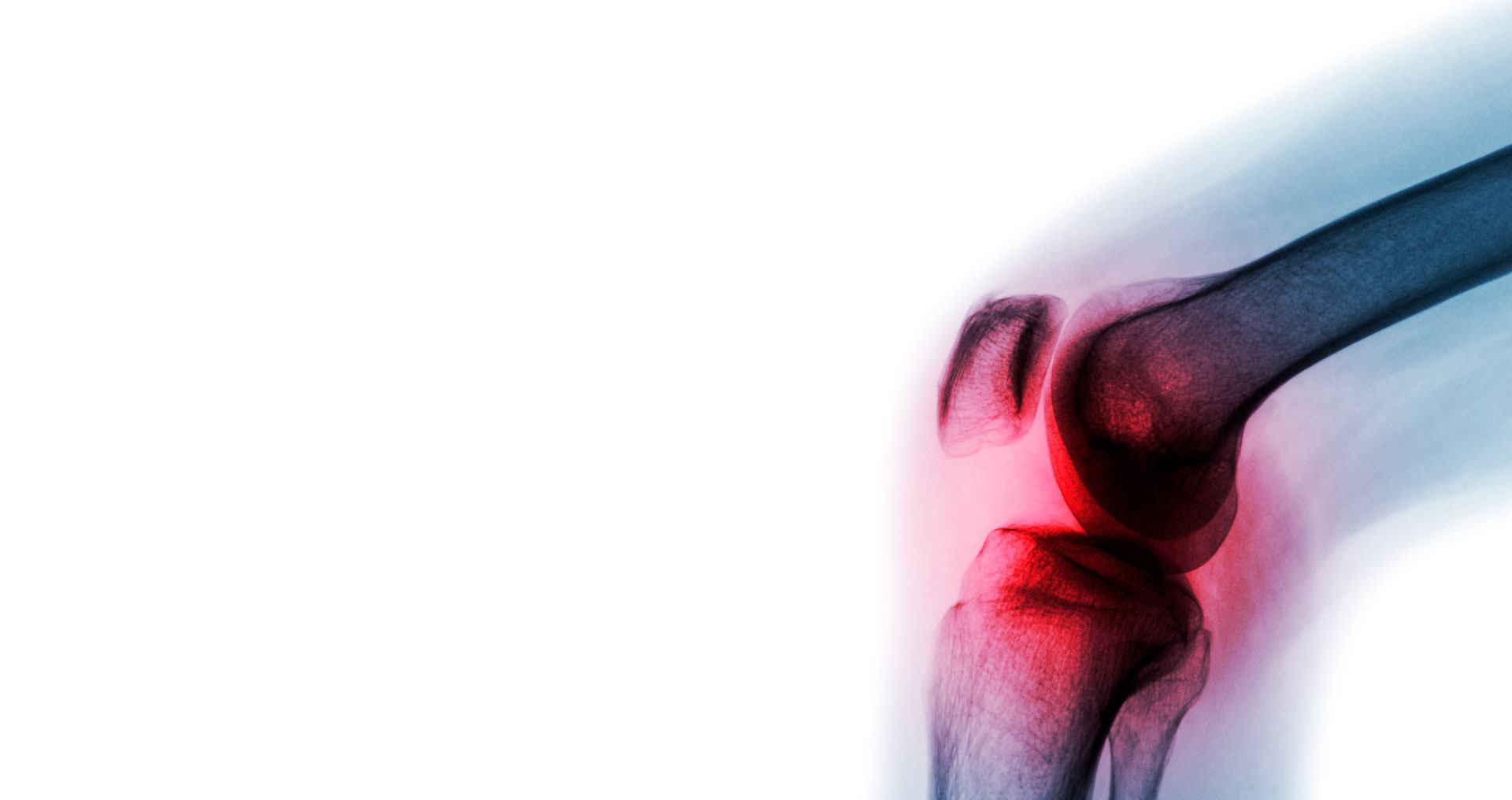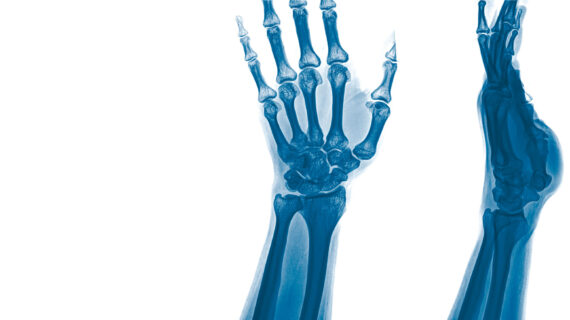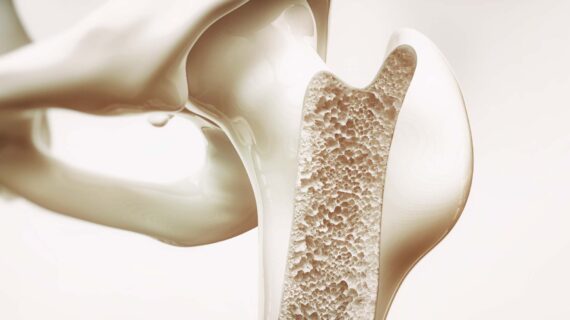Osteoarthritis
What is osteoarthritis
Osteoarthritis is a chronic disease characterized by deterioration of articular cartilage (bone, ligaments).
If not treated in a timely manner, it can cause chronic damage to joint tissues, such as to impede their motor mobility.
How it arises and who it affects
Its nature is mainly genetic and affects in particular subjects of advanced age, between 40-60 years; the subjects involved are mainly males (before 40 years), while for women the incidence is around 70 years. Surely an unhealthy lifestyle, such as obesity or sedentary lifestyle, can lead to the emergence of pathology. The circulatory and cardiovascular system is stressed and stimulated by constant physical activity; it is therefore good in young patients, to diagnose the disease immediately before compromising more systems of our body. A continuous ” rubbing” or load of the joint as a result of surgery or frequently repeated activities, can be the causes of the disease.
Primary and secondary osteoarthritis
Osteoarthritis is distinguished in primary and secondary. Primary how involved are some joints such as the knee, without having been traced the triggering cause.
Secondary when the disease develops due to a metabolic process or as a result of a pathology, such as rheumatoid arthritis.
Symptoms
The first symptom is pain and the presence of Backer’s cyst, that is, a buildup of fluid that prevents performing simple motor activities. In young patients, clinical signs range from simple limping to a considerable difficulty in performing any physical activity, such as climbing stairs or walking.
As mentioned before, if not treated, the disease can degenerate to lead to ankylosis, that is, the loss of joint movements.
Diagnostics
Diagnosis is provided by anamnestic data, where necessary, by X-rays and ultrasound to assess the soft tissue system bones ligaments and cysts. The orthopedist must not only evaluate the most suitable therapy but trace the origin that is behind the pathology to avoid relapses, and that this is transformed into osteoarthritis.
Applied therapeutic methodologies
Treatments and care vary depending on the patient’s condition. A first step sees the patient follow a healthy diet, the use of anti-inflammatories for pain such as biostimulating magnetotherapy, and tutors during physical activity.
Second step: infiltration therapies (cortisone, hyaluronic acid).
Third step: surgery to replace damaged cartilage or intervene directly on the joint.





